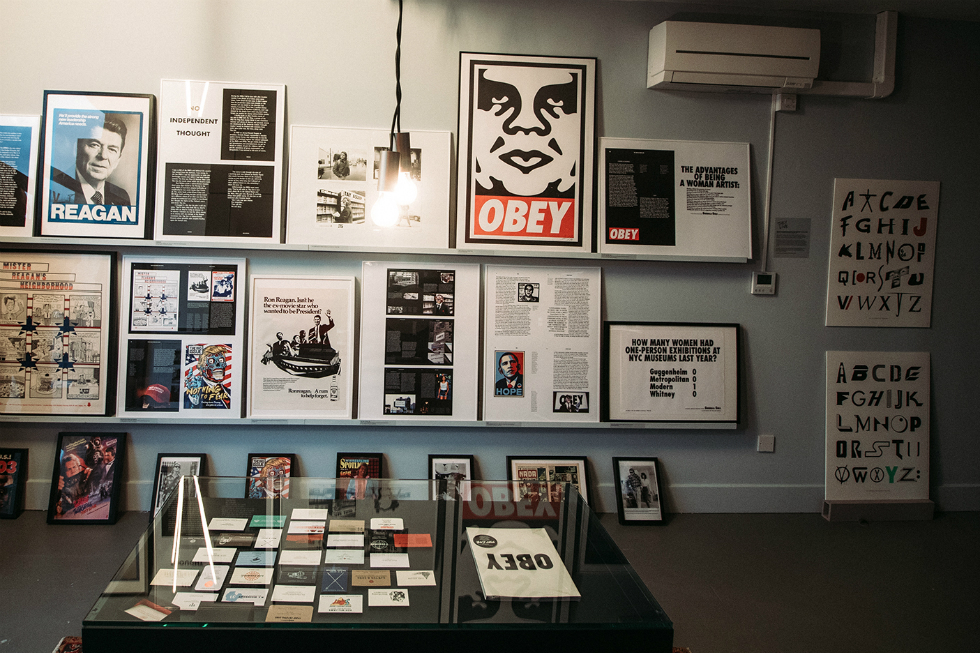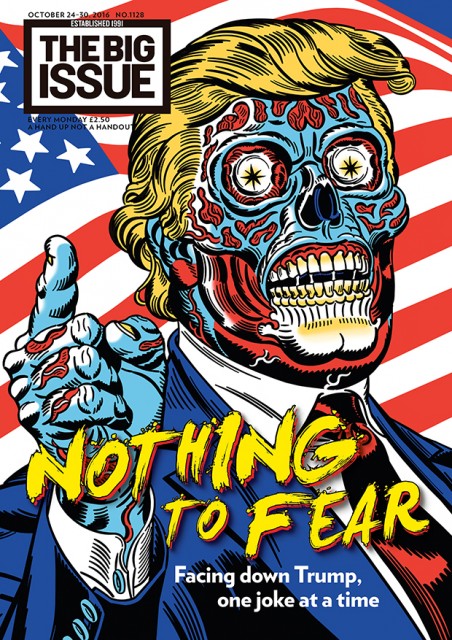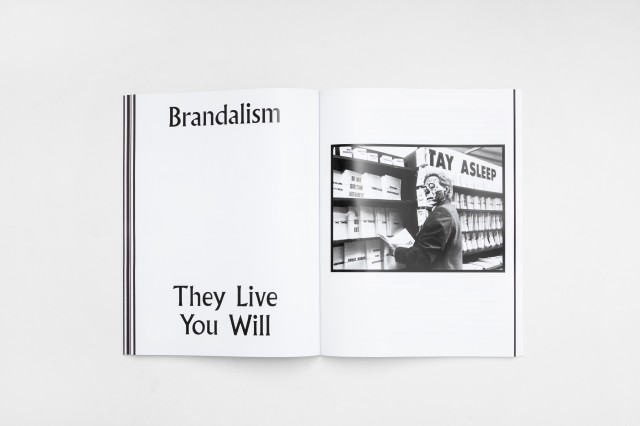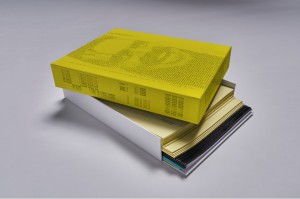They Live: A Visual and Cultural Awakening

An exhibition and book celebrate the legacy of They Live, director John Carpenter’s Reaganism allegory, but how does it stand up in our supposedly satire-proof times? Mike Pinnington investigates…
When I first watched John Carpenter’s 1988 film, They Live, it was as a wrestling-loving kid interested first and foremost in the involvement of the WWE’s “Rowdy” Roddy Piper. It didn’t hurt, either, that much had been made of an epic fight scene – it didn’t disappoint – between him and one of the film’s other key cast members, Keith David. But I also loved science fiction, and even in early adolescence, I got that there was more at play in the text (and sub-text) than a shot at a cross-over career for its star. Over the years, as my devotion to the high camp world of sports entertainment waned, I became more interested in media and pop culture. And, just like Piper’s character Nada – who, with specially made sunglasses, can see invading aliens in human guise – my eyes were fully opened to the film’s acid commentary on American yuppy culture.
In the film, the aliens walk among us, a secret elite hidden in plain sight. Meanwhile, advertising billboards drip-feed instructions to the masses. Viewed with those glasses, what appear to be ads for summer holidays or the latest home computer, are in fact subliminal messages to ‘STAY ASLEEP’, ‘BUY’ and ‘CONFORM’. Whatever you do, ‘DO NOT QUESTION AUTHORITY’. The scene in which Nada discovers and puts on the glasses for the first time, seeing the previously concealed world as it truly is, remains powerful. First things first, though: as entertainment, They Live – gloriously hammy as it undoubtedly is – has aged well.
Employing a generic Western movie template, Piper’s down on his look drifter arrives in town looking for work and a roof over his head; in addition to this, he finds a cause, which, against his better judgement he can’t help but fight for – the sake of all humankind. Instead of a much handed down sheriff’s badge, his authority resides in his fists; in place of a six-shooter, his truth-revealing specs. The setting is contemporary America – a new Wild West beset by rampant Capitalism.

As satire, its continued relevance is remarkable – depressingly so. If Carpenter’s impetus for making the movie was his concern at consumerism and the dark forces occupying the top of the political food chain – best illustrated by Reaganomics – then surely things are even worse today. In a nod to this, The Big Issue’s October 2016 issue came replete with a brilliant Mitch O’Connell illustration of (then presidential candidate) Donald Trump as viewed through Nada’s special glasses. No prizes for guessing that Trump is indeed one of THEM. This image (above) is one of many that stands out in a small but punchy exhibition at Liverpool’s design studio, Dorothy, as part of a display celebrating the film and the recent publication of a book in its honour (They Live: A Visual and Cultural Awakening, by Craig Oldham).

Other works in the exhibition include framed stills taken from the movie, behind the scenes footage of Carpenter and the cast and, of course, handsomely reproduced ‘OBEY’ screen prints. Comprising the film, printed matter and assorted ephemera, the exhibition has been thoughtfully curated. It blends chronologies, reality and fiction. Going to show that there are no new ideas in politics, only new generations of credulous voters eager to be duped, there is a framed Ronald Reagan campaign poster, bearing the maxim: “He’ll provide the strong new leadership America needs.” Confirming the film’s enduring influence, a work by street artist Shepard Fairey situates us back in the present. His Icon (2017) sits comfortably alongside the 80s imagery, carrying the word OBEY, beneath the face of another old WWE favourite, Andre the Giant.
Fairey, who has also contributed to Oldham’s book, has said previously that They Live, particularly in its revelation of mass media manipulation techniques, made a huge impression on him. No wonder. If the simple slogans seem as aesthetically familiar as they are powerful wake up calls, it is because Carpenter was surely directly quoting from the compelling work of artists such as Jenny Holzer and – especially – Barbara Kruger who, from the 1970s and ‘80s, have been exploiting mainstream mass communication techniques to highlight and guard against complacency. Like many a movie it operates perfectly well as satisfying and fun entertainment. But, as with the great art that inspired those memorable billboards, the longevity of John Carpenter’s They Live is down to the fact that it responds to the world in which it was made. Be vigilant, people, the battle is real.
Mike Pinnington
They Live continues @ Dorothy in Liverpool until 22 November
They Live: A Visual and Cultural Awakening, is available to buy from Rough Trade Books
Images, from top: exhibition © Dorothy; Donald Trump caricature © Mitch O’Connell for The Big Issue; They Live book spread © Beth Davis





